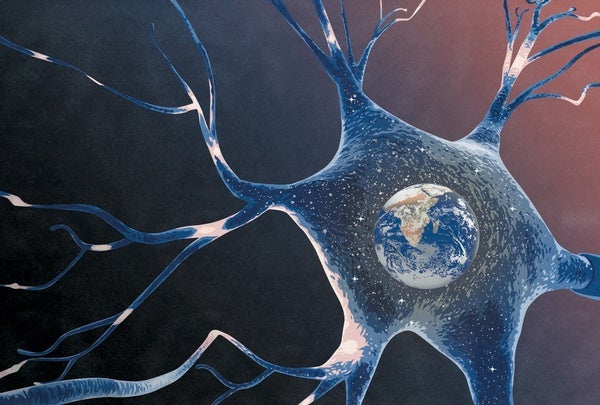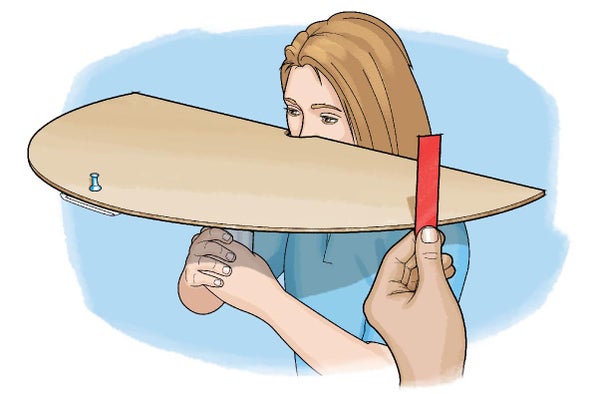 |
| June 03, 2022 |
| |
 |
| |
| |
| |
| |
| Psychology How Dominant Leaders Go Wrong Highly assertive, confident individuals may foster a selfish culture that hurts productivity | | By Hemant Kakkar,Niro Sivanathan | | | |
| |
| |
| |
| |
| |
| |
| |
FROM THE STORE
 | | Revolutions in Science Normally science proceeds in incremental steps, but sometimes a discovery is so profound that it causes a paradigm shift. This eBook is a collection of articles about those kinds of advances, including revolutionary discoveries about the origin of life, theories of learning, formation of the solar system and more. *Editor's Note: Revolutions in Science was originally published as a Collector's Edition. The eBook adaptation contains all of the articles, but some of the artwork has been removed to optimize viewing on mobile devices. |  | | |
BRING SCIENCE HOME
 | | Put Your Peripheral Vision to the Test |  Can you see me now? Did you know that our central and side vision works very differently? Learn how your own eyes work to notice objects and movement on the edge of your vision. You may be surprised about what you don't notice! Credit: George Retseck | Do you only think of your peripheral (side) vision—peripherally? This side vision is actually useful for many daily activities, including riding a bike, reading or playing basketball. You might not even realize when you are using it. But our survival once depended on the quick response of our peripheral vision. A detailed picture, created by our central vision, is only useful in situations where time allows us to focus on the details. But our side vision can help us avoid dangers quickly. In this activity you will find out how specialized our peripheral view is. | |  | |
LATEST ISSUES
 |
| |
| Questions? Comments?  | |
| Download the Scientific American App |
| |
| |




